October 30, 2025
TRENDS & INSIGHTS
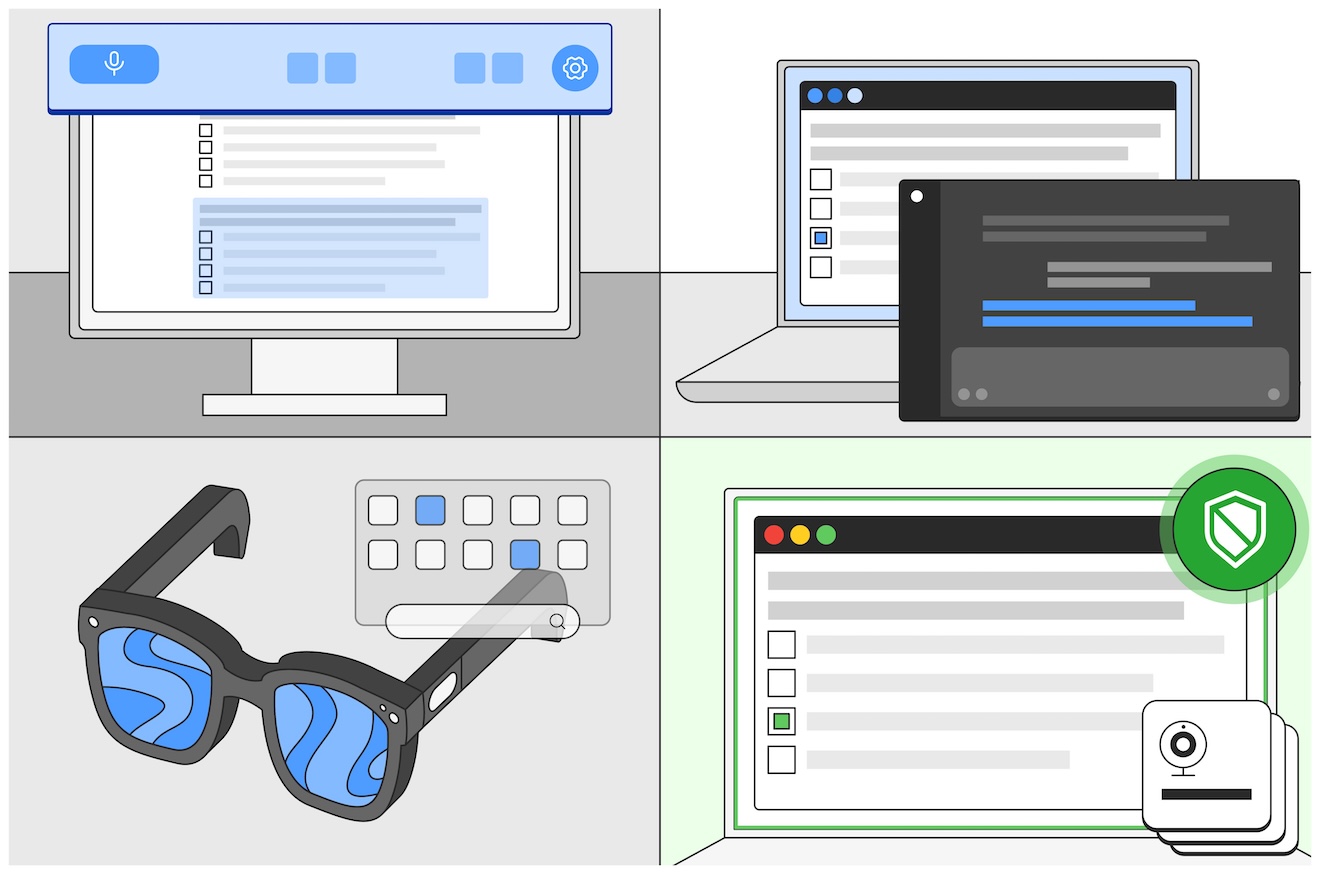
Kevin RockmaelJuly 14, 2025
Cheating is not new, but the scale and speed at which it is spreading today is. Once limited to hidden glances during paper exams or shared homework sheets, academic dishonesty has now become a widespread and rapidly growing crisis in education. Fueled by technology, social influence, and a lack of clarity, cheating is now embedded in classrooms from high school through higher education.
Surveys show that 60 to 70 percent of college students admit to cheating, and the figure jumps to 95 percent among high school students (ICAI, 2024; Dr. David Rettinger, Proctorio X Conference, 2025). In a 2024 joint study by Elon University and AAC&U, 59 percent of educators reported an increase in cheating on their campus, with 21 percent saying the rise was significant. College leaders estimate that between 60 and 100 percent of students now use AI in their coursework, but student self-reports suggest even higher usage, between 85 and 95 percent. Faculty and students don’t agree on how widespread the issue is, but both sides acknowledge that something fundamental has changed.
While the issue is complex, several core contributors stand out. Technology, peer influence, and a widespread lack of readiness among both students and faculty are driving forces behind the crisis.
Technology is at the heart of today’s cheating epidemic. AI writing tools like ChatGPT have become widely used, and not just for support. Many students now rely on them to complete assignments entirely. According to Turnitin data from 2023, over 22 million submissions, roughly 11 percent, contained at least 20 percent AI-generated content.
It doesn’t stop with writing tools. New hardware and apps are actively enabling dishonest behavior. One emerging concern is smart glasses, like Meta's, that allow students to share exactly what they’re seeing in real-time during exams. Then there are apps like Cluely, advertised as “the cheat on everything app,” which facilitate large-scale answer sharing.
As these tools become more sophisticated, schools have simultaneously expanded online learning. The move was accelerated by the pandemic and is now largely driven by institutional goals around accessibility and revenue. But many educators see a downside. According to a Wiley report from 2020, 93 percent of faculty believe online learning increases the likelihood of cheating. And during the pandemic, 28.7 percent of students admitted to cheating more, likely because they saw more opportunities in online courses (Journal of Research in Education, 2023).
The tools that support flexibility and access have also created new vulnerabilities. This same flexibility, though well-intentioned, may be opening doors for dishonest behavior.
If one student cheats, others are likely to follow. Peer influence has become one of the strongest predictors of academic dishonesty. As Dr. David Rettinger noted in 2025, “The strongest predictor of whether a student cheats is whether they believe their peers are cheating.”
A 2005 study in The Journal of Human Resources found that one cheater typically leads to three others, creating a multiplier effect that spreads dishonesty like a contagion. Social media and group chats accelerate this trend, making it easier than ever for students to share answers, cheat strategies, or AI outputs with friends and classmates.
Cheating often follows a clear progression: students first observe others cheating, then begin receiving help themselves, and eventually start cheating and even helping others cheat. This pattern turns dishonesty into a social norm rather than an isolated act.
In a peer panel of recent graduates hosted by Proctorio, students shared how this plays out in real life. One student said, “I’ve had many of my friends who literally did not do a single assignment... and that is very scary.” Another recounted a Spanish class where “one student took the test in five minutes and texted all 25 of us the answers.” A third admitted, “I was using [AI] for everything. I use it for quizzes, I use it for essays.” The shift from bystander to participant happens quickly, especially when cheating is normalized within a peer group.
This culture of shared cheating can erode trust not just between students and institutions, but between students themselves.
The rapid adoption of AI tools has left both educators and students unprepared. Most faculty say they haven’t been trained to handle the new landscape, and few institutions have clear policies in place.
According to the Digital Education Council in 2025, only 17 percent of faculty feel confident or advanced in their understanding of AI. Just 4 percent say they fully understand their institution’s AI policies, and only 6 percent feel well-supported in terms of training.
Students face their own challenges. Many are not prepared for the general stress of college, let alone the ethical questions raised by AI. As one student admitted, “I know some people who don’t even look at the prompt. They just paste it in [to AI], get the result, and submit it without reading.” Another pointed out the inconsistency: “My roommate’s professor said if he found out anyone was using it at all, they would get an automatic zero. Meanwhile, my professor wanted to use it completely... There was a weird divide.”
A 2024 AAC&U survey found that 59 percent of faculty believe Spring 2024 graduates are not well-prepared to understand the ethical issues raised by generative AI. The confusion on both sides is leaving a gap that cheating continues to exploit.
Despite the scale of the problem, there is hope. Research shows that only about 15 percent of students are likely to cheat in any situation, and another 15 percent almost never cheat. That leaves 70 percent who can be influenced, by course design, school policies, and the tools they are given.
Designing for integrity is about creating systems that reduce the temptation and opportunity for cheating while supporting learning. Some key principles include:
These approaches can make a real difference, and platforms like Proctorio are supporting them in practice.
Proctorio provides a range of tools aligned with these integrity principles. Faculty can configure each assessment individually, setting rules that suit the course and the students. The platform offers mobile compatibility and 24-hour support, ensuring access is never an issue.
Privacy is a core focus. With features like end-to-end encryption and transparent data controls, students are given clear information about what is collected and why. Proctorio also supports live and automated proctoring, combining AI tools with human oversight to maintain fairness without overreach. And with frequent product updates, the platform evolves alongside new challenges and technologies.
From flexible design to secure assessments, Proctorio offers solutions that help educators rebuild trust, reduce cheating, and support honest learning.
The rise in academic dishonesty is both real and urgent. It’s being driven by rapid advances in technology, the influence of peer behavior, and widespread unpreparedness among students and faculty alike. But the situation isn’t beyond repair.
With intentional course design, consistent guidance, and the right tools, schools can create learning environments that promote honest work and meaningful engagement. Restoring integrity is possible, it starts with building systems that support it at every level.
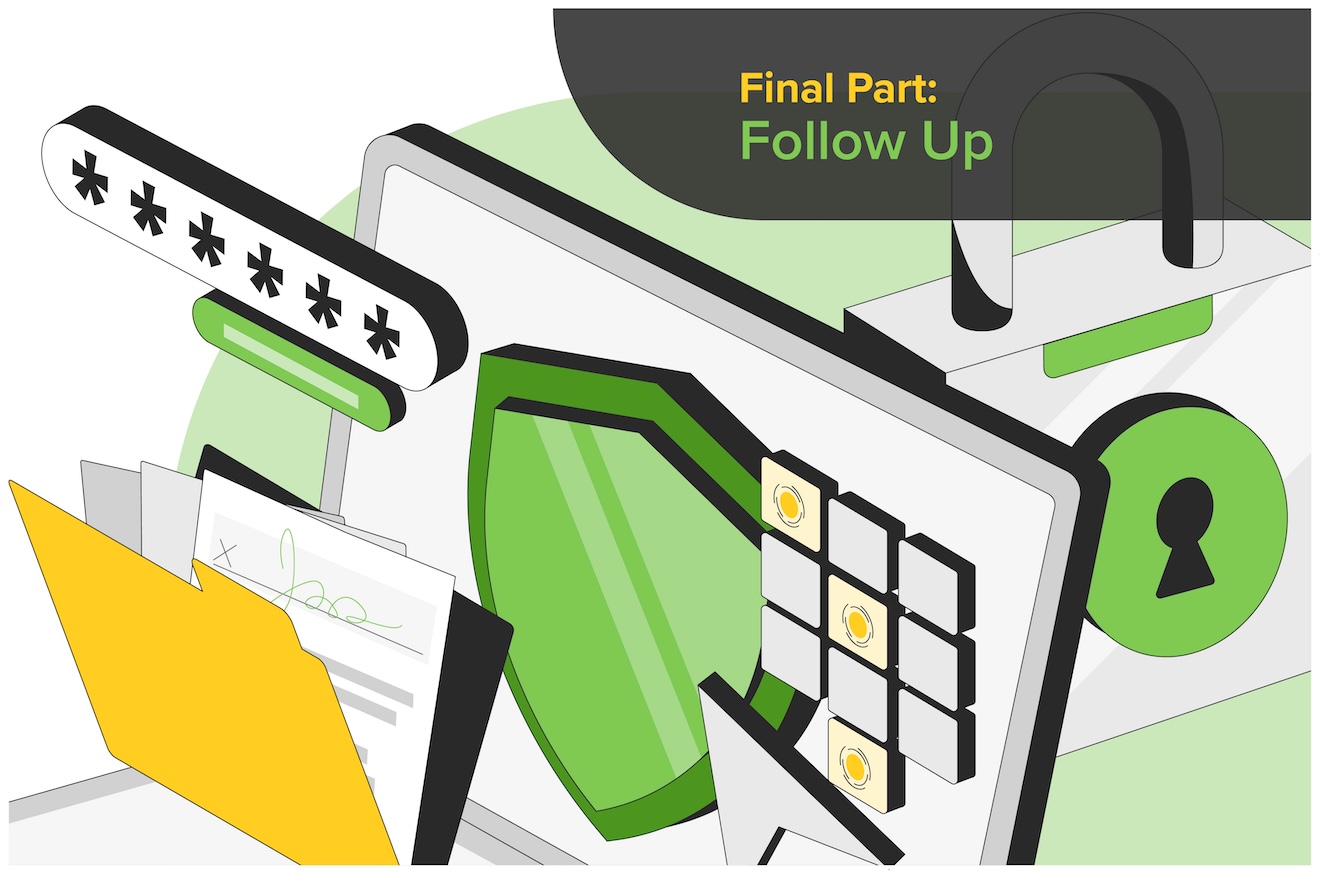
October 30, 2025
TRENDS & INSIGHTS
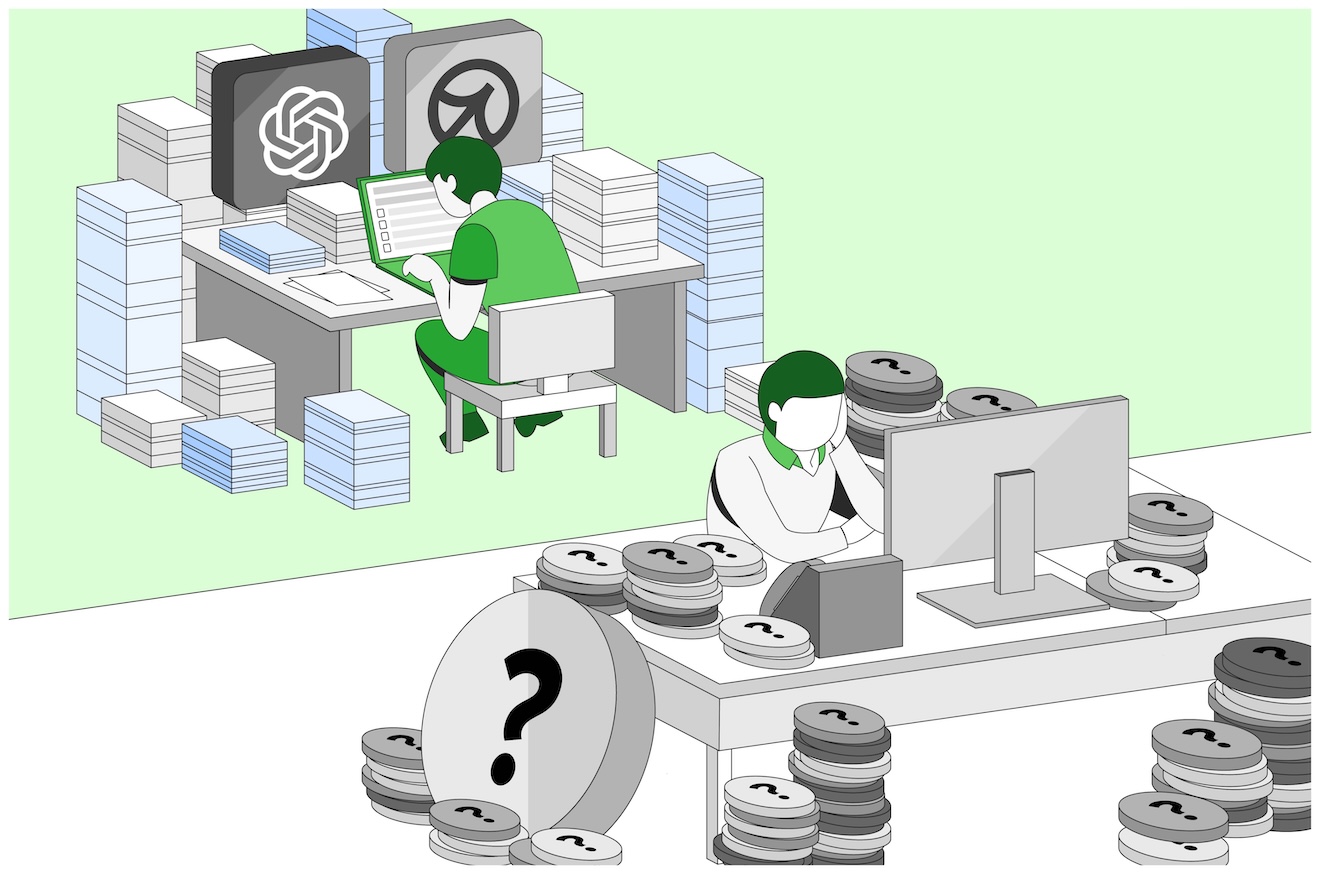
October 10, 2025
TRENDS & INSIGHTS
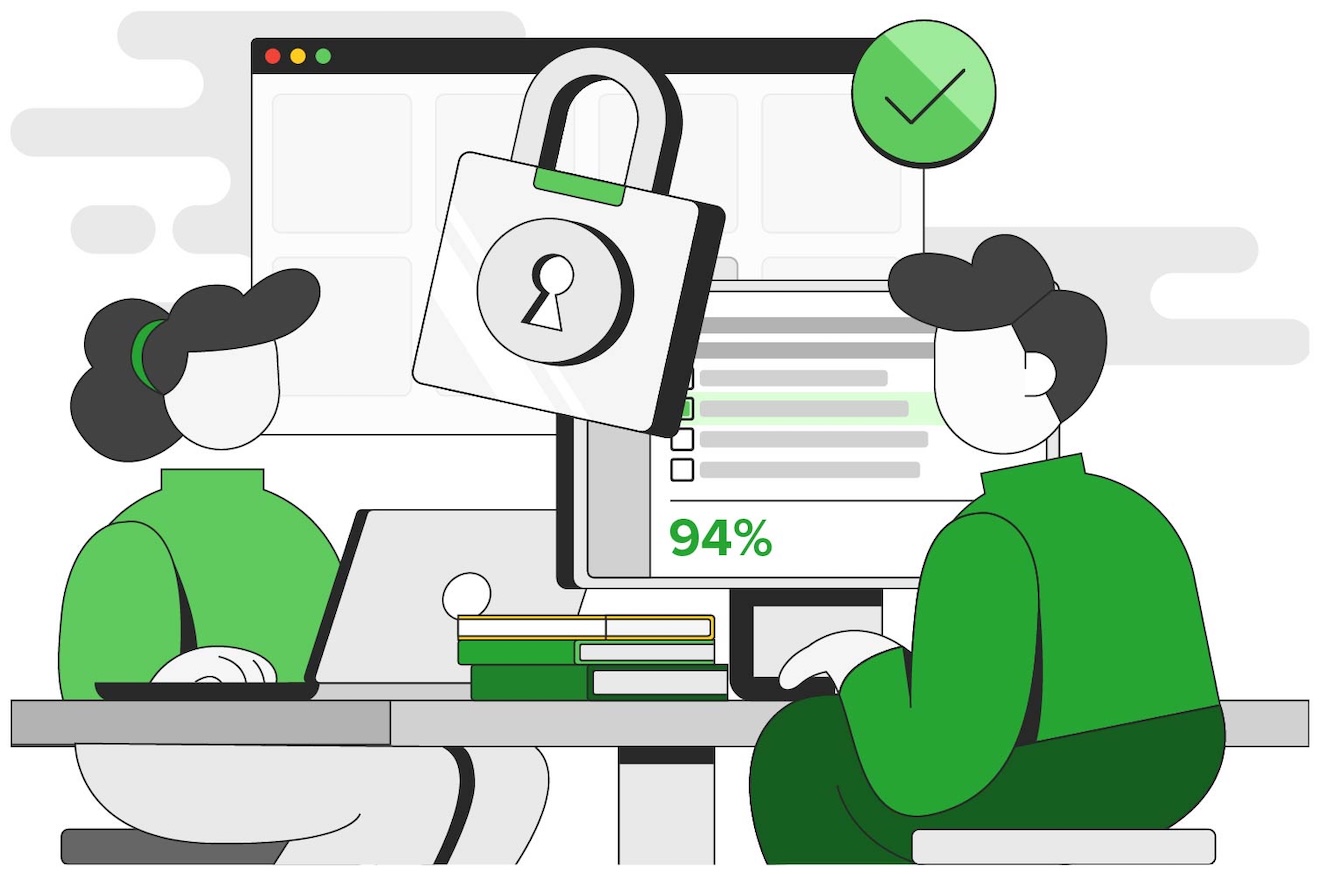
August 15, 2025
TRENDS & INSIGHTS
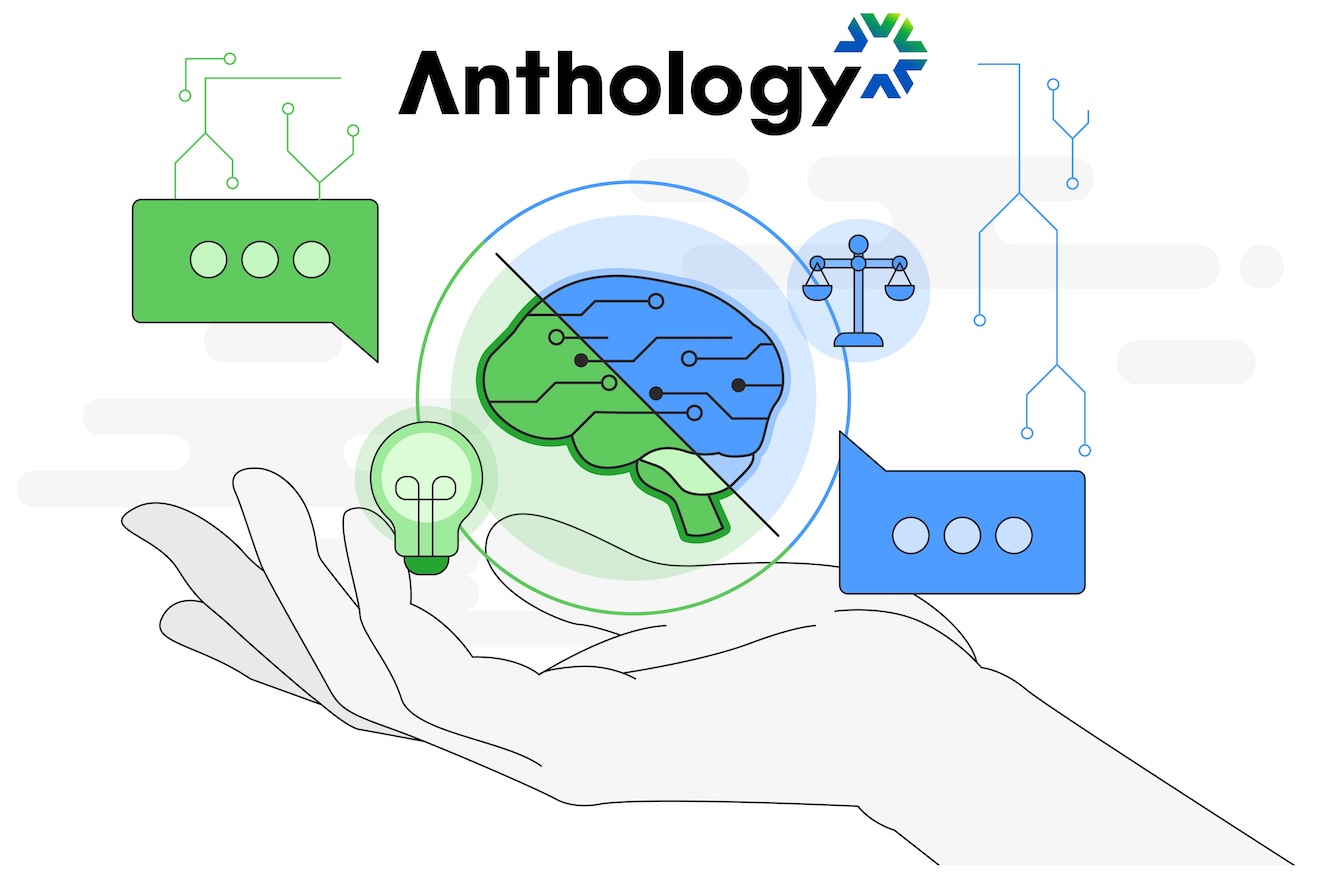
July 28, 2025
TRENDS & INSIGHTS
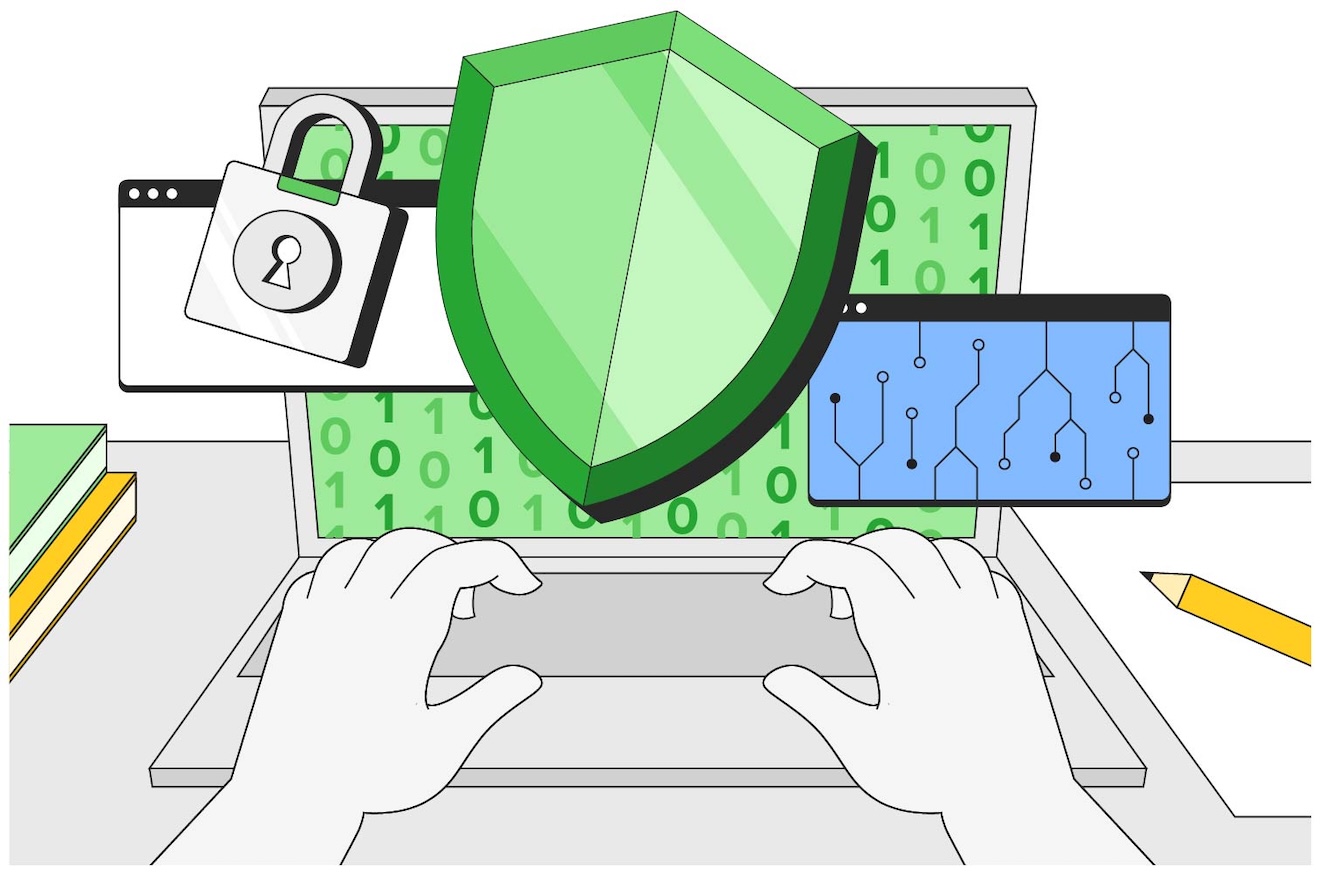
June 25, 2025
TRENDS & INSIGHTS

June 20, 2025
TRENDS & INSIGHTS